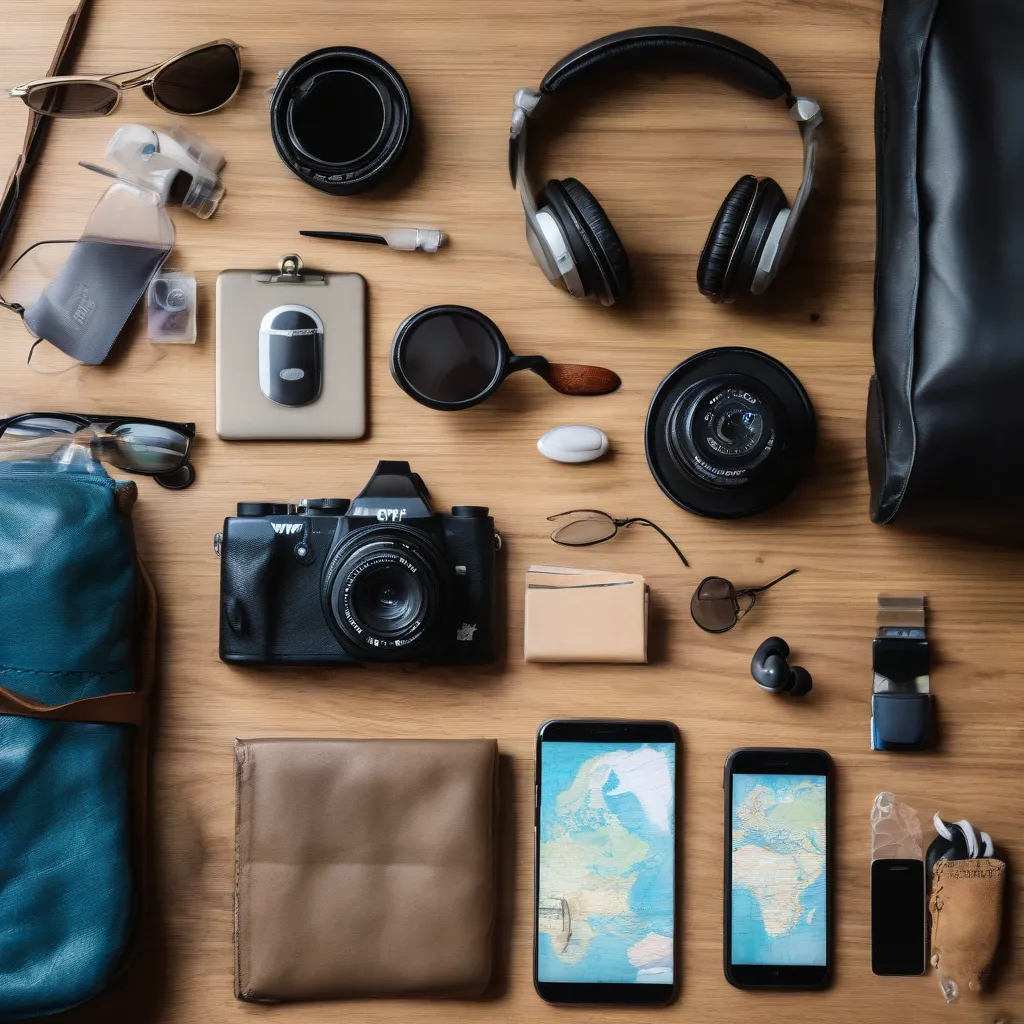Remember that time you were trekking through the Scottish Highlands, desperate to share that stunning Loch Lomond sunset on Instagram, but had zero bars? Or that business trip to Tokyo where a spotty connection meant missing a crucial video call? A reliable traveling internet connection is no longer a luxury, it’s a necessity for today’s digital nomad, adventurous traveler, and even the casual vacationer. So ditch the stress of “Can I get online?” and explore your options for staying connected around the globe.
Why You Need A Traveling Internet Connection
Let’s face it, in the 21st century, staying connected is about more than just updating your Facebook status.
- Navigation: Gone are the days of bulky maps. Real-time navigation apps are a traveler’s best friend, especially when navigating unfamiliar cities like the winding alleys of Marrakech or the bustling streets of Bangkok.
- Communication: Staying in touch with loved ones, booking accommodations, or even just calling a local taxi is a breeze with a reliable internet connection. Imagine trying to explain directions in Vietnamese without Google Translate!
- Remote Work: The rise of digital nomads and remote work means your office could be a beachside cafe in Bali. A strong internet connection is vital for attending video conferences, meeting deadlines, and keeping your work flowing smoothly.
- Entertainment: Long flights, train rides, or even just downtime at your hotel are much more enjoyable with the ability to stream your favorite shows, listen to music, or catch up on ebooks.
“A Traveling Internet Connection is like having a superpower,” travel blogger and author Sarah Jenkins mentions in her book, “The Untethered Traveler.” “It gives you freedom, flexibility, and peace of mind, knowing you’re always just a click away from what you need.”
Options for A Traveling Internet Connection
Choosing the right option depends on your budget, travel style, and data needs. Here’s a breakdown:
1. International Roaming
- Best For: Short trips, occasional use.
- Pros: Easy to use, no additional setup required.
- Cons: Can be extremely expensive, limited data allowances.
While convenient, using your current mobile plan internationally can quickly lead to a heart-stopping phone bill. Consider it for emergencies or short bursts of internet access, but not for daily use.
2. Local SIM Cards
- Best For: Longer trips, staying within a specific country or region.
- Pros: Affordable data plans, good speeds in most areas.
- Cons: Requires purchasing and setting up a new SIM card in each country, may not work in all devices.
Purchasing a local SIM card, like those readily available at kiosks throughout European airports, is an excellent option for longer stays. Just ensure your phone is unlocked before you depart.
3. Portable Wi-Fi Hotspots
- Best For: Families or small groups, traveling to multiple countries.
- Pros: Shareable connection with multiple devices, convenient for areas with limited Wi-Fi access.
- Cons: Requires renting or purchasing a device, battery life can be an issue, may have coverage limitations.
Portable hotspots, like those offered by companies like Tep Wireless or Skyroam, provide a secure and private connection for multiple devices.
4. Public Wi-Fi
- Best For: Checking emails, light browsing in a pinch.
- Cons: Security risks, often unreliable speeds, not always available.
Free Wi-Fi is tempting, but proceed with caution. Avoid accessing sensitive information like banking details on public networks, and always use a VPN for an added layer of security.
 woman working at cafe
woman working at cafe
Choosing the Right Traveling Internet Connection
Factors to Consider:
- Destination: Research coverage and availability in the areas you’ll be visiting.
- Trip Duration: Short trips may be fine with roaming or public Wi-Fi, while longer stays benefit from local SIM cards or portable hotspots.
- Data Usage: Streaming, video calls, and online gaming require significantly more data than checking emails or browsing websites.
- Budget: International roaming is the priciest option, while local SIM cards offer the most affordable data.
- Technical Comfort: Are you comfortable setting up a new SIM card or troubleshooting a portable hotspot?
Pro Tip: Consider carrying a portable charger or power bank to keep your devices juiced up, especially if you’re relying on battery-powered hotspots.
Staying Safe and Secure Online While Traveling
Just like you wouldn’t leave your valuables unattended, it’s crucial to practice safe online habits while traveling.
- Use Strong Passwords: Avoid easy-to-guess passwords and enable two-factor authentication whenever possible.
- Be Wary of Public Wi-Fi: Limit sensitive activities and consider a VPN for added security.
- Keep Software Updated: Install the latest security updates for your devices and apps.
- Backup Important Data: Regularly backup photos, documents, and other essential files to a cloud service or external hard drive.
 Travel essentials flatlay
Travel essentials flatlay
Planning Your Connected Adventure
Having a reliable traveling internet connection can enhance your travel experience in countless ways. Whether you’re a digital nomad working from exotic locales or an adventure seeker sharing your journey with the world, there’s a solution to keep you connected and informed every step of the way. Remember to research your options, consider your individual needs, and prioritize safe online practices to make the most of your connected adventure.
For more travel tips and resources, be sure to explore the wealth of information available on travelcar.edu.vn. Happy travels!